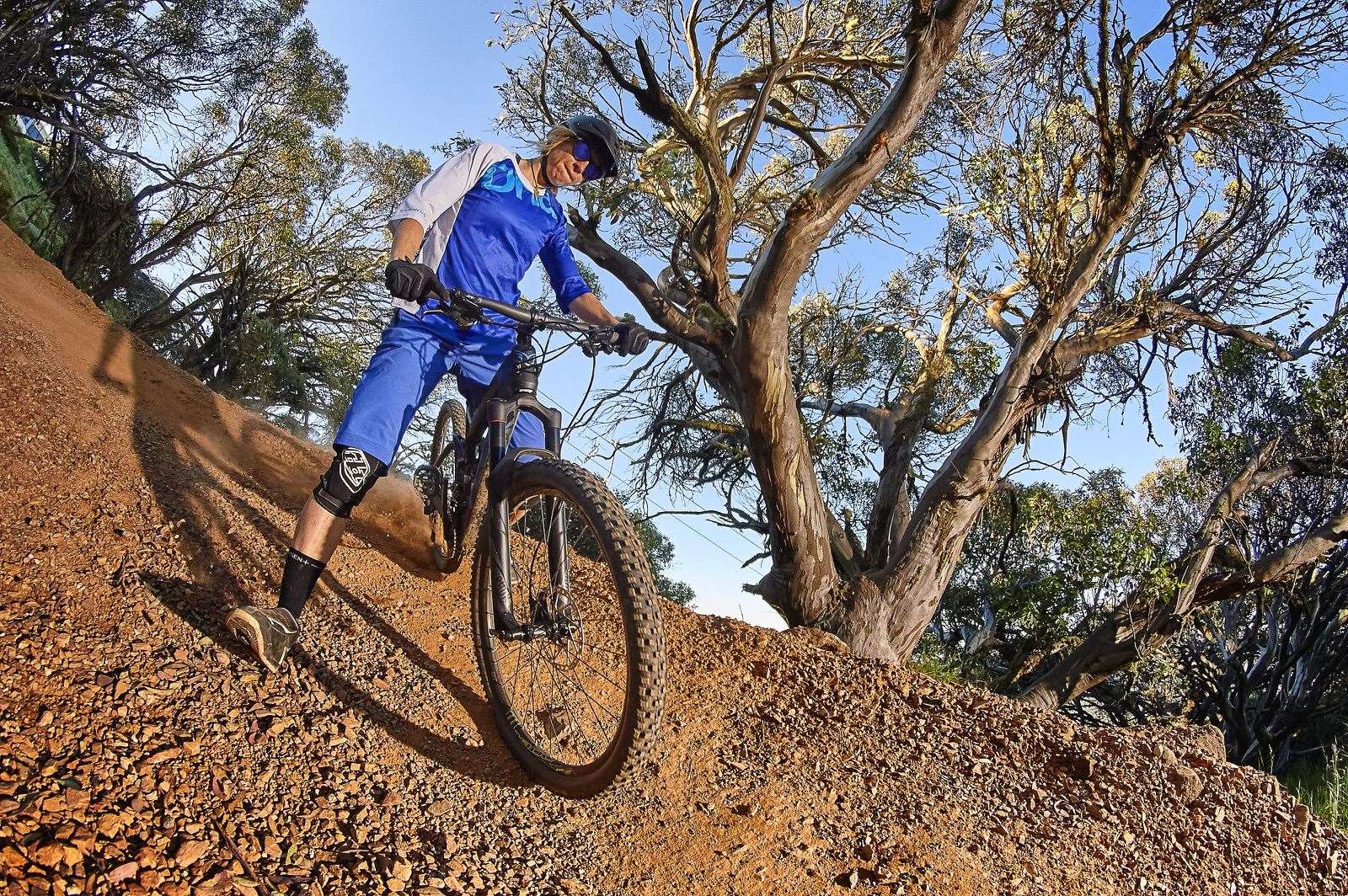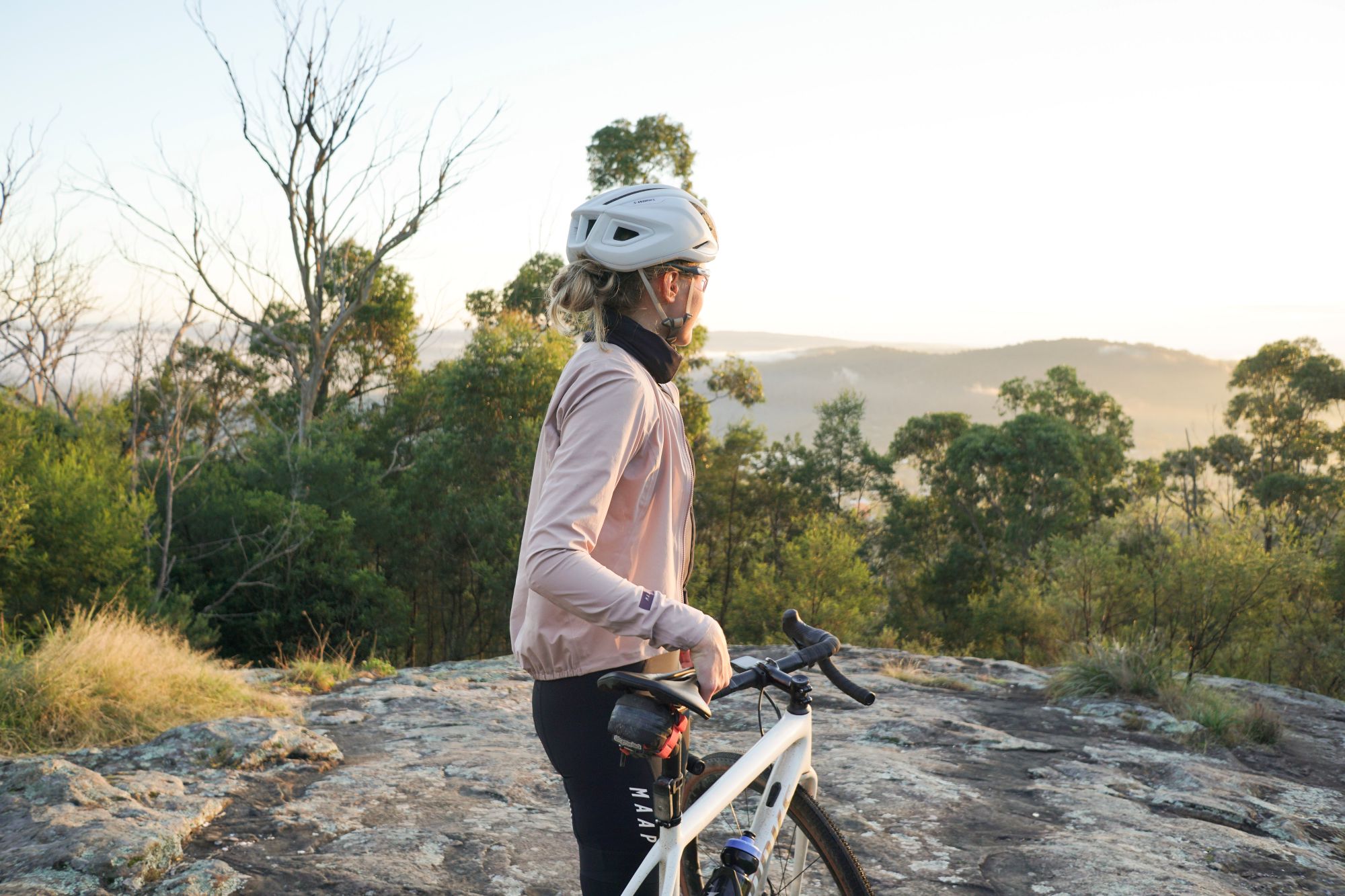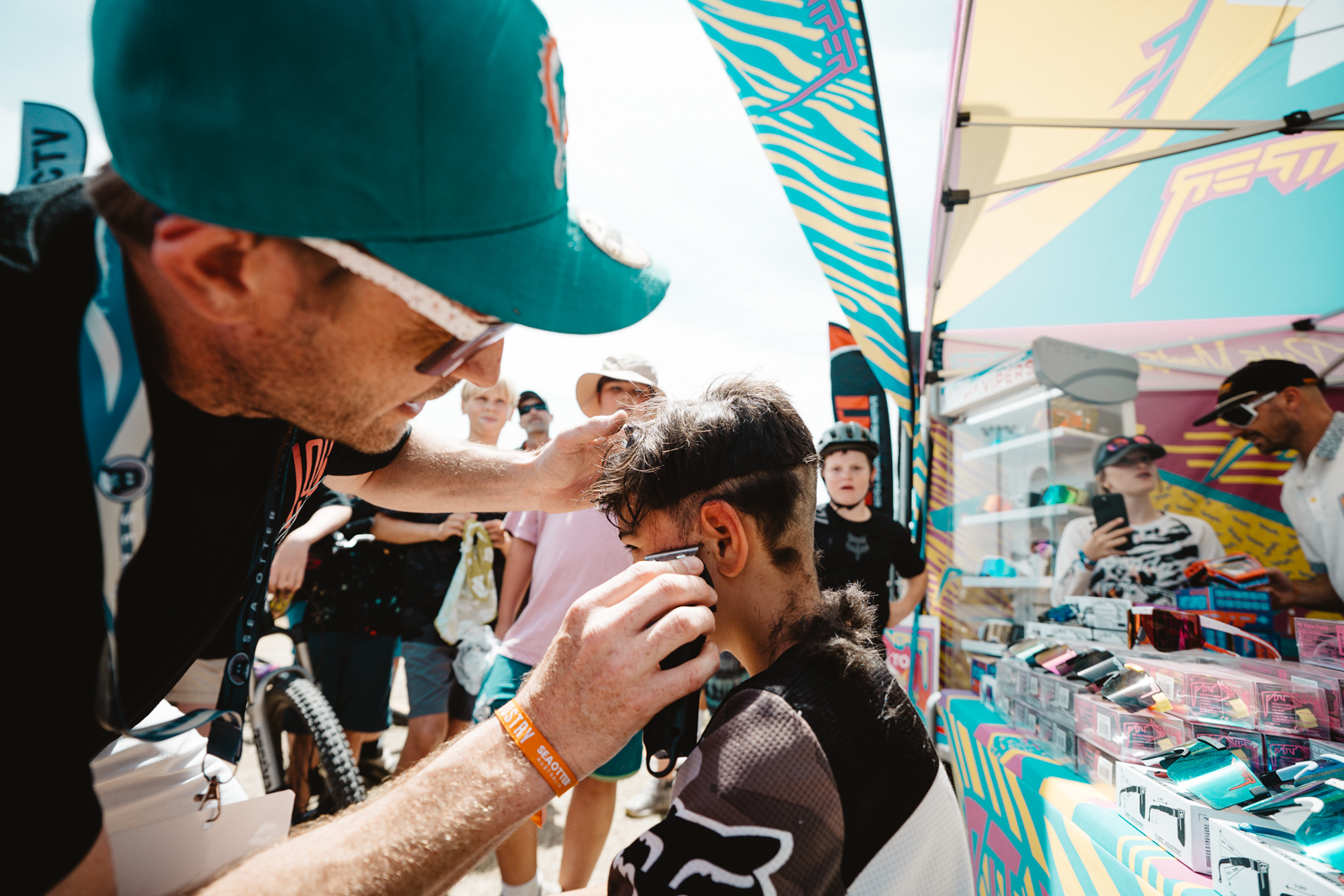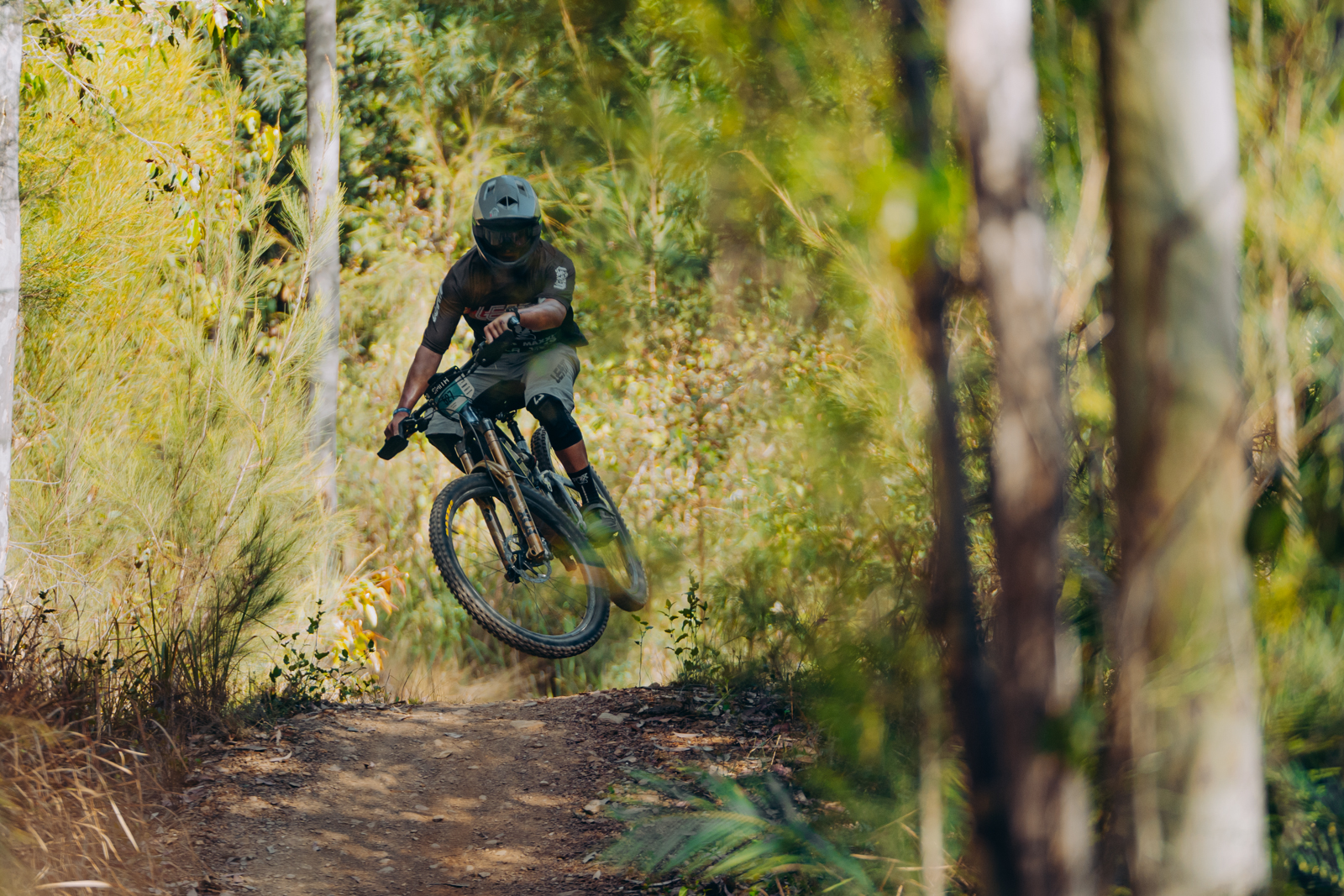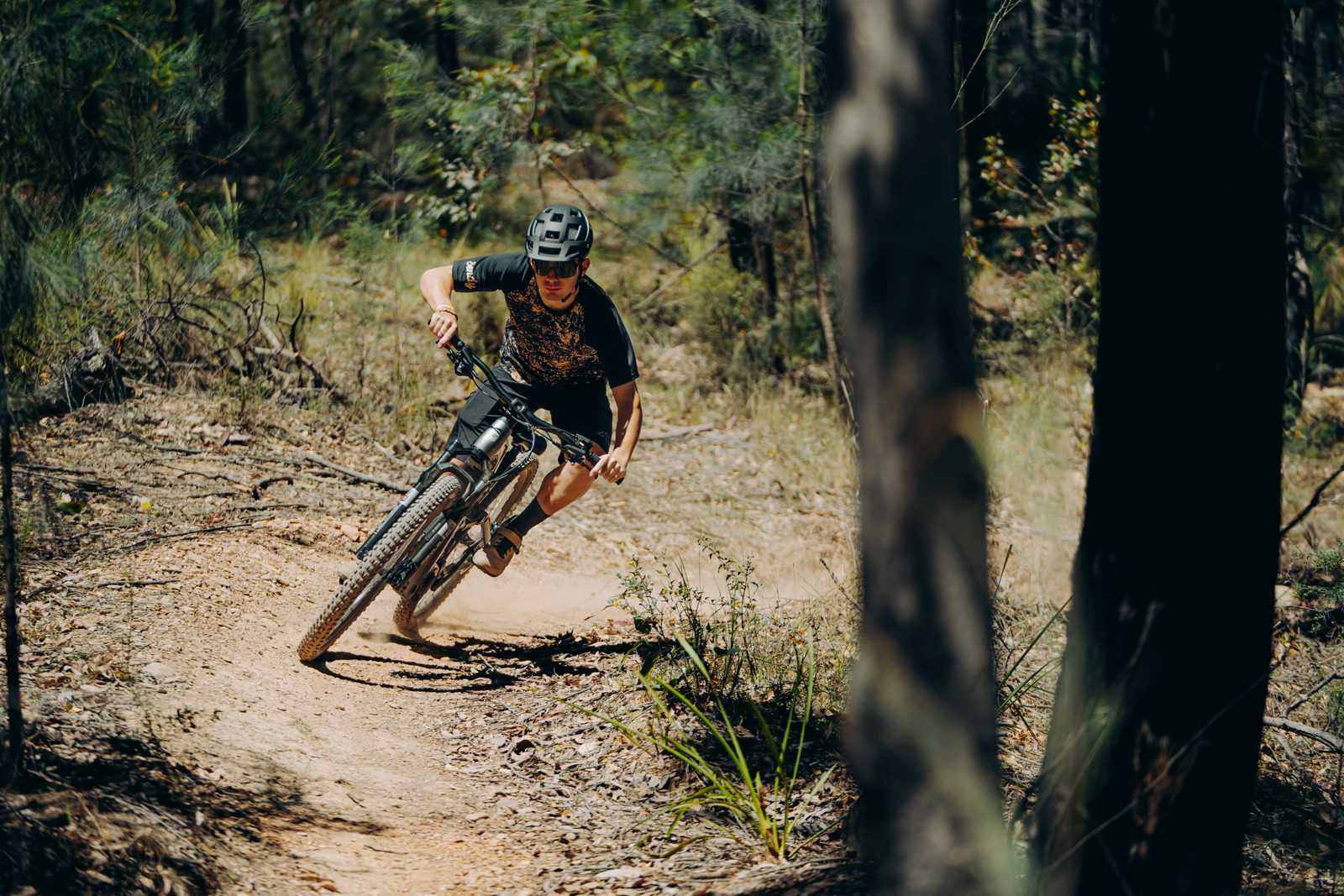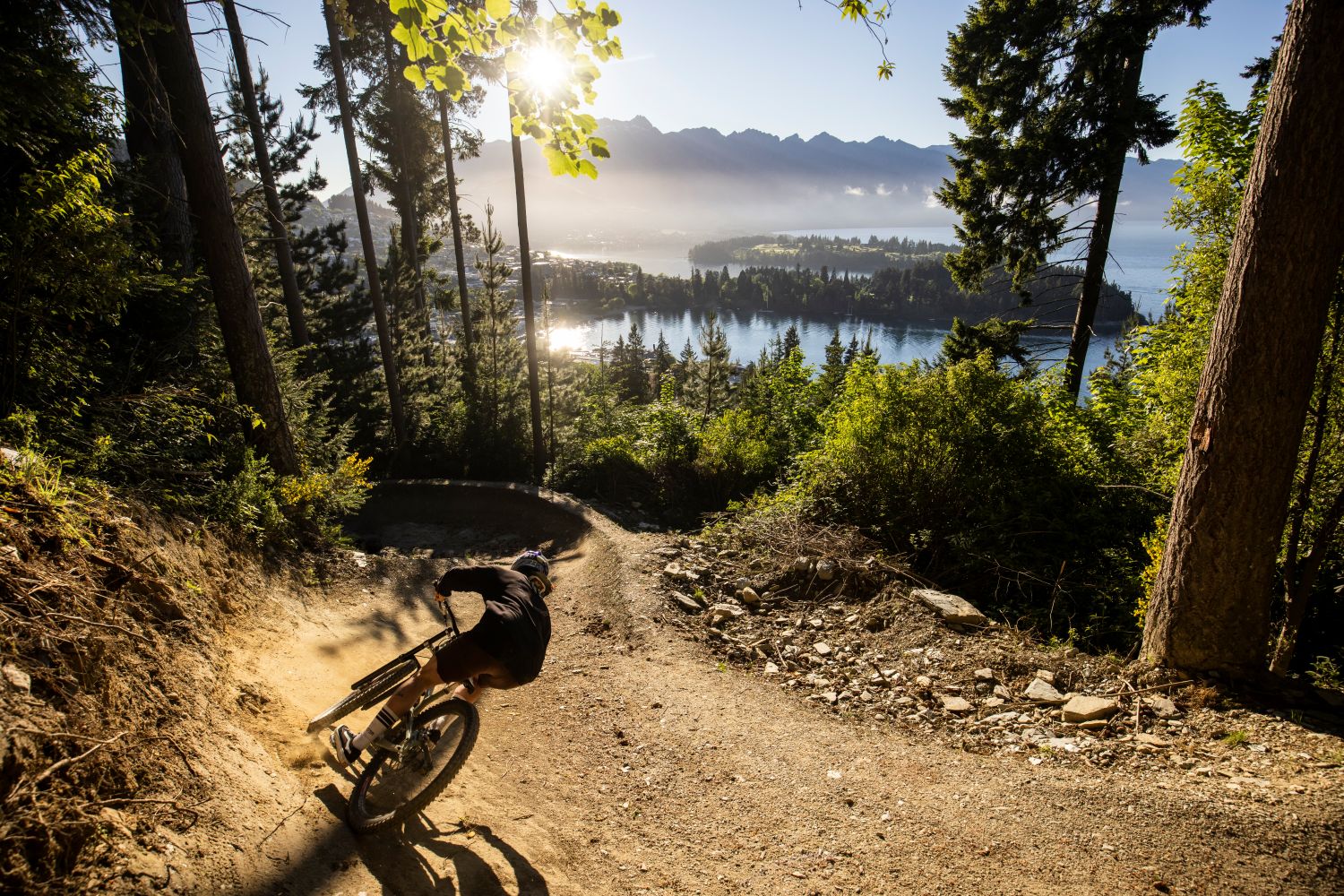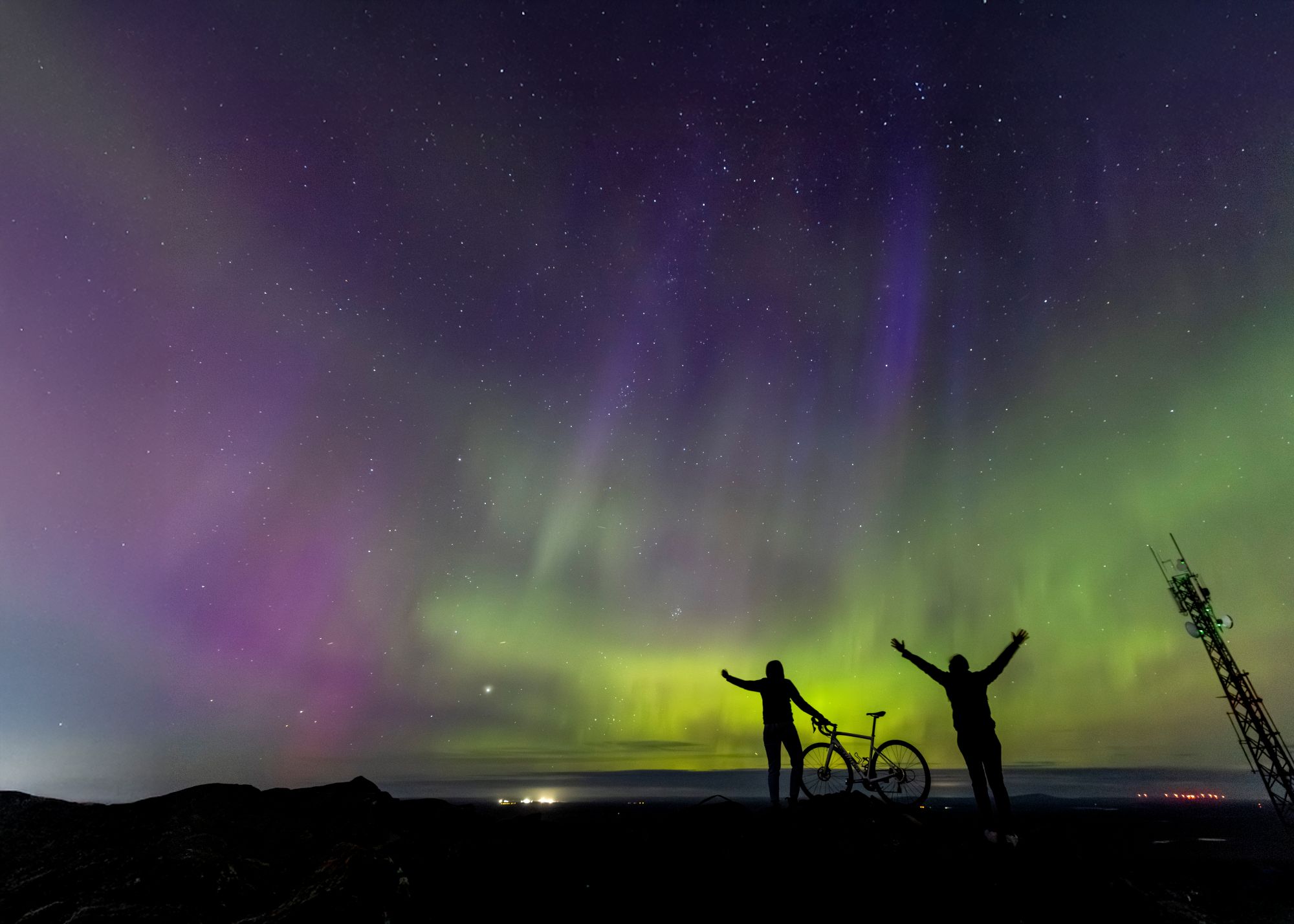Flow trails are lame
Flow trails are growing around the country and the globe. But Anna Beck asks - is that the only kind of trail we need?
By Anna Beck
I wrote an opinion piece recently. Well, I tried to. It went a bit like this “flow trails are lame. All new trails are flow trails and they’re lame and I want to ride trails that aren’t flow trails. Goddammit, they’re lame”.
It’s easy to hate on stuff. It’s one of my talents (it goes hand in hand with my exceptionally healthy pessimism and being noisy). The problem I had was when I got past the initial hating on flow trails, and trying to back up my own feelings with evidence. I had some wine and pondered why the trail-building group IMBA and their flow trail nation seems to get under people’s skin within my circle of riding comrades. I couldn’t find the answer so drank some more and slept on it.
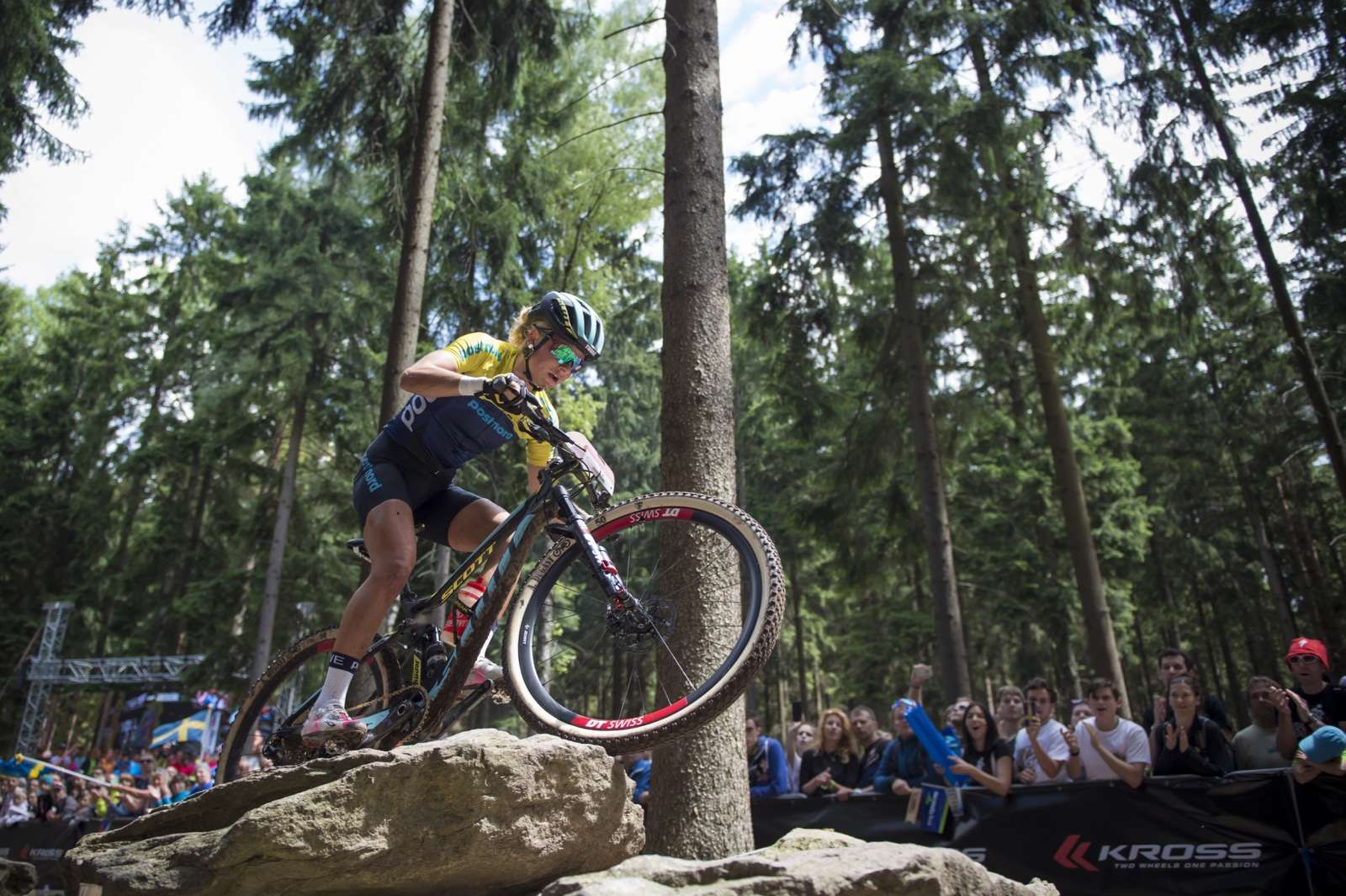
In the morning I still didn’t have the answers (an ominous sign) so went to think about reasons IMBA and their bunch of trail-making spin-offs act in the manner they do, making increasingly homogenised trails that seemingly ride the same no matter where you are in Australia, or around the globe.
Then I had a lightning-bolt thought. Maybe they’re not all the same?
Maybe I have been a little judge-y and unfair, after all, a berm is a berm whether it’s 5 or 35 degrees outside. Berms and jumps are pretty popular trail features, and lets be honest; along with: rocks, logs, roots, drops, mud, sand, and off-camber corners what else are we really playing with? When you have a country that is as vast and different as Australia, yet most mountain bike trails end up cut in between scrubby bushland and forest, really how much scope is there for a point of difference?
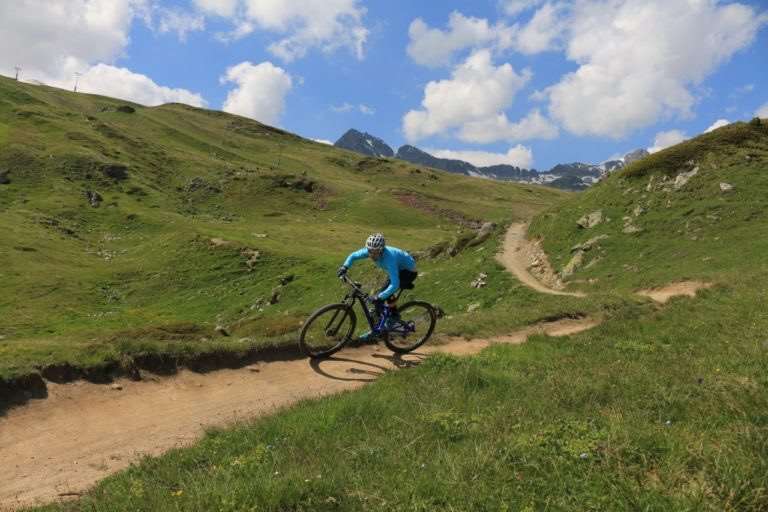
Of course there are outliers; the rocky shale of Alice Springs, the sandy trails that litter the eastern coast, Sydney’s sandstone ledges. These trails really mark a departure from the trails I usually refer to as missionary or vanilla-style: goddamn flow trails. The difference with these outlying trails, too, is that they’re sculpted around the landscape (rather than sculpting the landscape around the trails), paying homage to existing rocks and lines, with exceptions of the B and C lines that have popped up from thousands of weekend warriors out getting their fix.
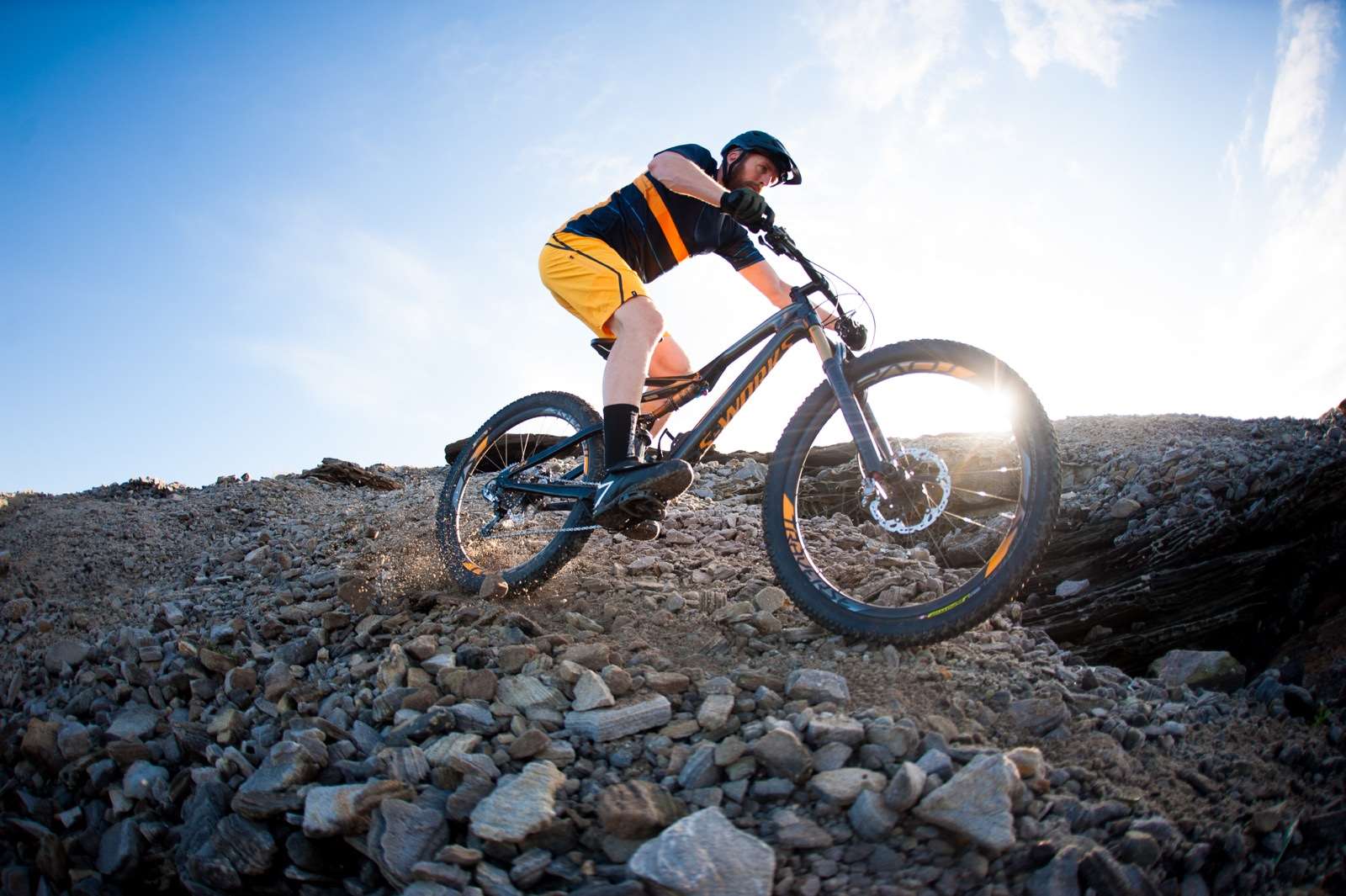
By and large, if a new trail network is to be delivered, it will be in order to give the masses what they want. It’s taken me a while to realise that despite the fact that my views are shared by many dreadlocked, beer-drinking one-speeders within the community, the masses in the mountain bike fraternity (you know, the neon ones wearing ice-cream helmets and riding 160mm bikes) just want a fun hit out on the weekend, and that’s where flow trails fit in. A new trail network needs to be built, so what will go down well? Freaking berms, yeah. Build some berms. BIG ONES! Tabletops? Gap jumps? F$%k yeah. High speeds ahoy and accessible for anyone. Off-camber corners? Tech roots? Nah, they’re a bit harder, lower speeds are required, we’ll cross those off the list.
IMBA have always prided themselves on making sustainable trails, something I roll my eyes at when watching new lines develop on their ‘sustainable’ trails and the degradation of anything mildly tricky in the name of ‘conservation’. Mountain bikers know the impact of mountain bikes is nigh on minimal compared to powered vehicles, it’s just difficult to get the non cycling-inclined to read (and believe) the evidence. If trail builders, however, somehow catered for different riders and therefore ameliorate the B and C line situation, then perhaps higher-level shredders could be happier?
And this is a common argument with flow trails; they dumb down the sport. If only they had some kind of trail grading—just like skiing—to allow gnarlier stuff with less legal impetus to sue? I wonder how that could work.

A recent trail at our local network is a few kilometres of berms, jumps and all-round whooping fun. It’s all flow trail, it doesn’t take much in the way of technical ability to make it down it and it’s very accessible, but I can’t deny that it’s pretty fun. A little part of me hates that I enjoy it—with my crunchy granola roots of putting in many a hard yard learning to ride up rock gardens and feeling a little bit of sphincter-tightening on the descents—but I do.
Mountain biking in a social, recreational capacity, is booming. Sure, cross-country races still fail to pull a big crowd (people have figured out that feeling like vomiting for 90mins is rather unpleasant, I suppose), but on the weekends the warriors are out shredding like there’s no tomorrow. The rise of gravity and women’s-only events allows for more sick trail-rider types to participate in the mountain bike community. This is great for our sport; more riders have the ability to call for greater action in existing trail networks, allow for more hands for trail maintenance, and have a greater collective pull for trail advocacy and campaigning for greater access to trails, and I feel that this is, really where flow trail fits the bill.
I am not saying that there shouldn’t be opportunity for more diverse, technical, rocky (like not ‘man-placed-rocks’ but real, natural rock formations) trails. I am all for them: with or without wine they are hands-down my favourite trails. So, if you are seeking different trails, get involved with your local trail community and pick up some tools. Offer feedback, seek more access to rad areas for mountain biking.
And can we ease up a bit with the tabletops?
